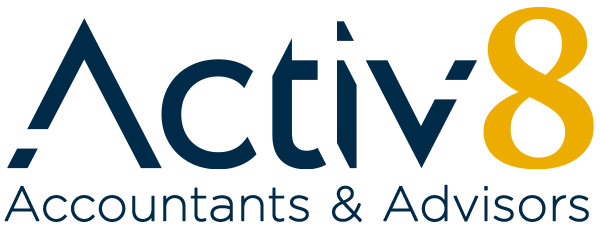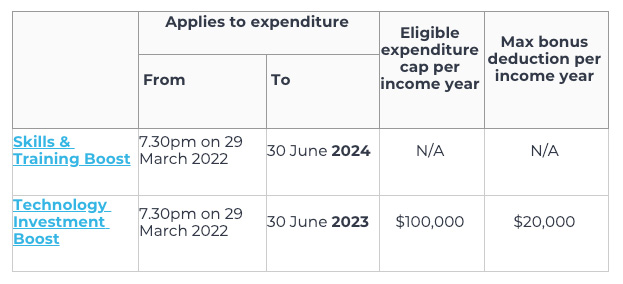Paid family and domestic violence leave (FDVL) kicked off for large employers on February 1. Now it’s time for small businesses to get on board.
Ten days’ paid family and domestic violence is a significant new entitlement for employees.
The obligation to provide paid family and domestic violence leave applies:
- from 1 February 2023, for employees of businesses that are not small businesses (i.e. on 1 February 2023, the business employed 15 or more employees); and
- from 1 August 2023, for employees of small businesses (i.e. on 1 February 2023, the business employed fewer than 15 employees).
What is Family and Domestic Violence leave?
Paid family or domestic violence leave will be available in the event that the employee needs to do something to deal with the impact of the family and domestic violence and it is impractical for them to do it outside their ordinary hours of work.
For example, making arrangements for their safety or the safety of a family member (including relocation), attending urgent court hearings, or accessing police services.
Family and domestic violence – What is it?
A family or domestic violence incident is defined as violent, threatening, or abusive behaviour directed at an employee by a former or current intimate partner, a household member, or a close relative in an effort to coerce or control them.
A close relative of an employee is considered the following:
- Spouse or former spouse
- Current or former de facto partner
- Child
- Parent/s
- Grandparent
- Grandchild
- Sibling
- Family members of an employee’s current or former partner, including siblings, children, parents, and grandparents
- Individuals who are related to the employee according to Aboriginal or Torres Strait Islander kinship rules.
The following types of behaviour are examples of family and domestic violence:
- Financial abuse
- Stalking
- Emotional abuse
- Sexual assault
- Physical violence
- Controlling behaviour
When does Family and Domestic Violence Leave apply?
Employees (including part-time and casual employees) can take this paid leave if they need to do something to deal with the impact of family and domestic violence. For example:
- Making arrangements for their safety or the safety of a close relative (including relocation)
- Attending court hearings
- Accessing police services
- Attending counselling sessions, medical appointments, financial consultations, or legal consultations.
Who is entitled to Paid Family and Domestic Violence Leave?
Employees covered by the Fair Work System, including full-time, part-time, and casual employees, are entitled to ten days of paid leave for domestic and family violence. For every 12 months of employment, employees will receive ten days paid for family and domestic violence; the entitlement is provided up-front at the start of each 12-month period. The leave does not accumulate like annual leave.
Employees who started employment on or after 1 February 2023 are entitled to the full 10 days from their starting day.
How is pay calculated for Family and Domestic Violence Leave?
The type of employment determines the amount of pay for paid family and domestic violence leave.
Both part-time and full-time employees are entitled to receive full pay for the hours they would have worked if they did not need to take family or domestic violence leave.
Casual employees are paid their full pay rate for the hours they were scheduled to work if they need to take leave due to family or domestic violence.
Family and Domestic Violence Leave pay slip data and record keeping
The employer must ensure that any information regarding paid family and domestic violence leave balances or leave taken is not included in payslips. This safety measure aims to reduce any risk for employees that need to use their family and domestic violence leave.
Employers must keep a record of all employees’ leave balances and leave taken for Family and Domestic Violence.
What are the employee’s obligations when taking Paid Family and Domestic Violence Leave?
As soon as practicably possible, the employee should notify their employer they are taking family and domestic violence leave and how long they expect to be away from work. The notification can be after the employee has taken the leave.
Employers may request evidence that shows the leave taken was to deal with the impact of family or domestic violence and that it was not feasible to manage this outside of working hours. Evidence can be documentation issued by the police, a court of law, family support services or a statutory declaration.
The employer can only use the information provided to determine whether the employee is entitled to family and domestic violence leave.
Key takeaways:
The Paid Family and Domestic Violence Leave legislation key points:
- On 1 February 2023, the new paid family and domestic violence leave is available to employees for businesses with at least 15 employees or over.
- The start date for paid family and domestic violence leave for employers with less than 15 employees is 1 August 2023.
- Over 12 months, full-time, part-time, and casual employees can take up to 10 days of paid family and domestic violence leave.
- The leave is pro-rated for part-time or casual employees.
- No matter how many hours employees work per week, they are entitled to 10 days of family and domestic violence leave.
- Employees who started employment on or after 1 February 2023 are entitled to the full 10 days from their starting day.
- The paid family and domestic violence leave renewal is on the employee’s start date anniversary, not on the 1 February every year.
- The 10-day entitlement does not accumulate year after year, like annual leave.
- An employee’s pay slip must not contain any information regarding paid family and domestic violence leave as of 1 February 2023.
For more information on paid family and domestic violence leave, visit fairwork.gov.au.






